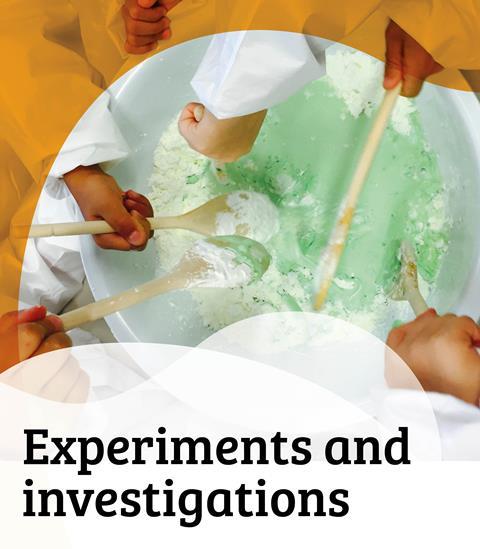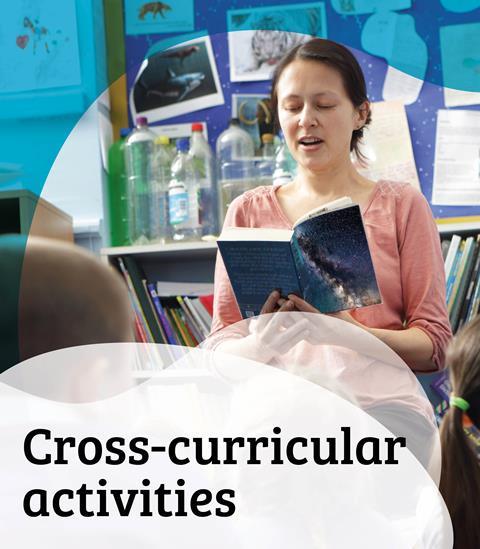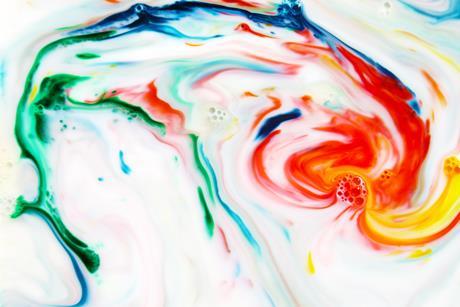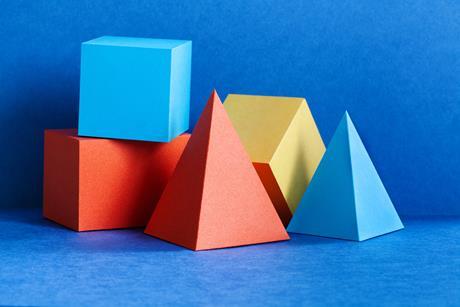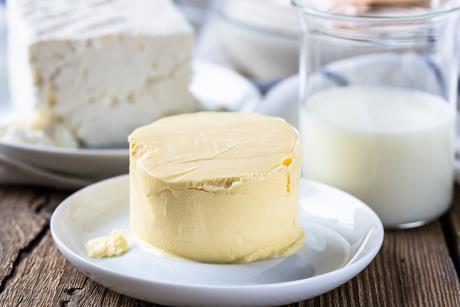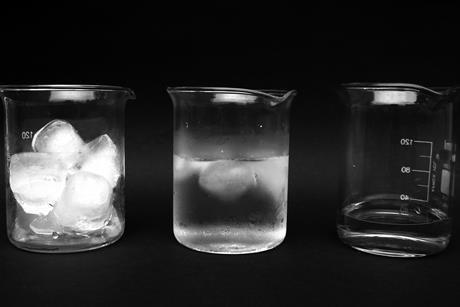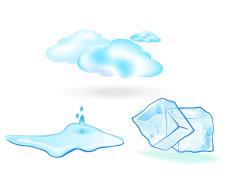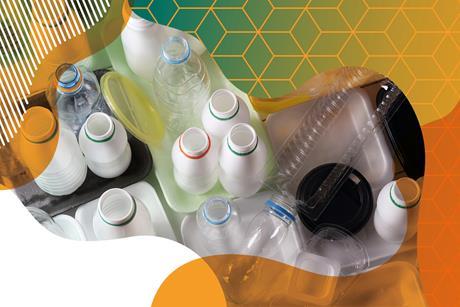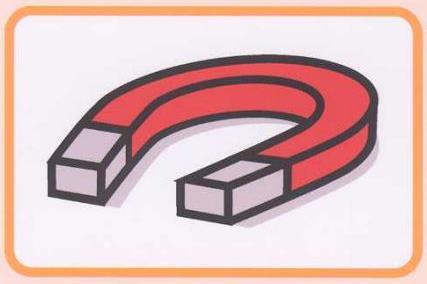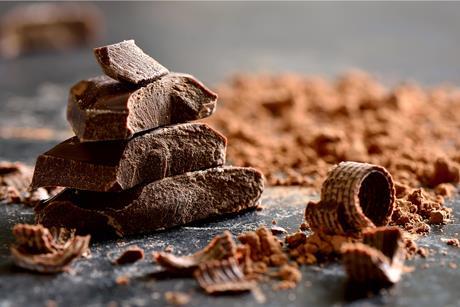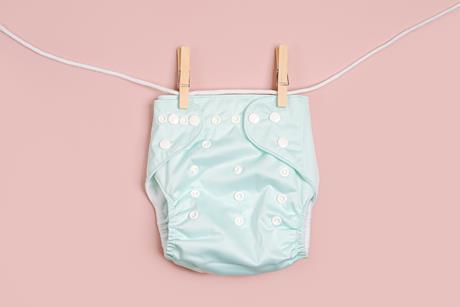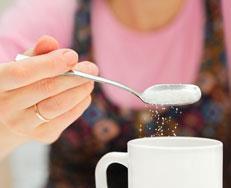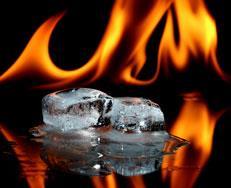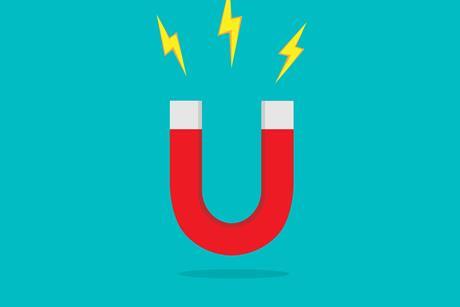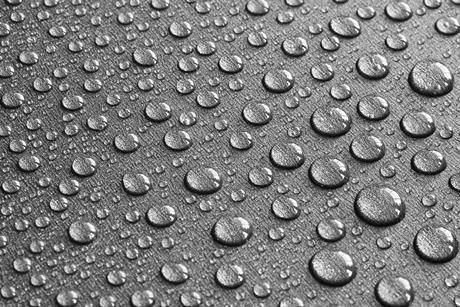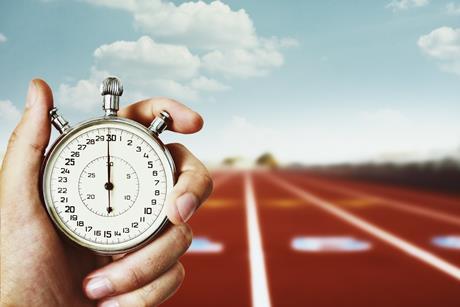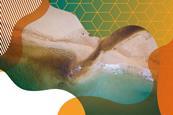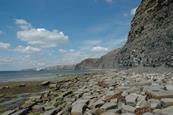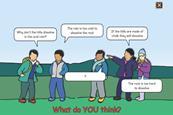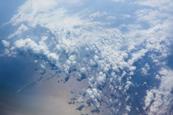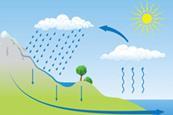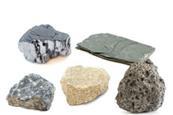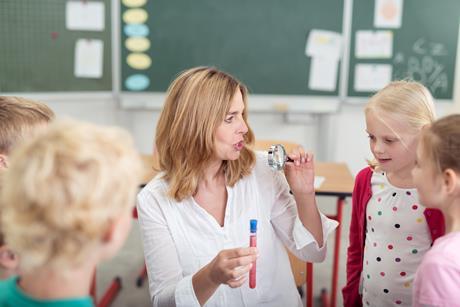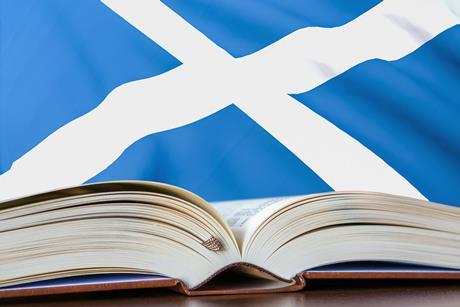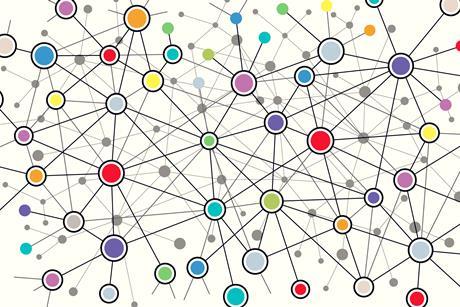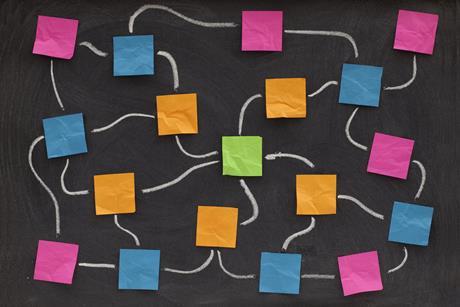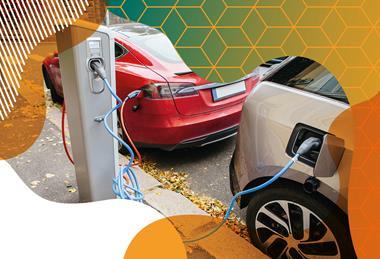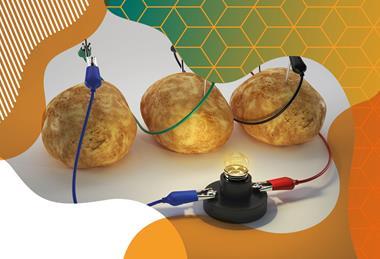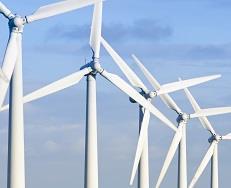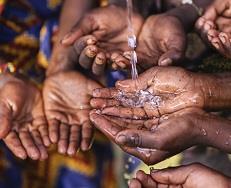Resources for teaching 7-9 years
Discover resources for teaching primary science to pupils aged 7-9 years
Solids, liquids and gases
Properties of solids and ‘biscuit bashing’
Try this investigation to observe the properties of granular solids, with detailed teacher notes, classroom slides and a video demonstration.
Investigating surface tension with milk
Using simple household equipment, you can explore surface tension with learners, and create amazing patterns in milk. Includes kit list and safety instructions.
Solids | Primary science video demonstrations
Display some exciting solid properties to primary learners: including biscuit bashing, dissolving and heavy sugar.
How to make butter
Make science delicious with this experiment on how to make butter! Explore how fat molecules bind, and emulsions are created.
Freezing and the ‘intriguing ice’ experiment
Try this investigation to explore how materials change when they freeze, with detailed teacher notes, classroom slides and a video demonstration.
The life of water
Get hands on with H2O, changing states of matter and the water cycle. These experiments and investigations involve water in the context of space
Solids, liquids and gases: primary science podcasts
Join Kareena and her superhero friend K-mistry for this short podcast introducing children to solids, liquids and gases.
Solids, liquids and gases: That’s Chemistry!
The ‘solids, liquids and gases’ chapter from That’s Chemistry! This chapter looks at key ideas and activities that can be used to help students learn about solids, liquids and gases, and understand that some materials change state when they are heated or cooled.
Materials
Recycling and melting plastics | 7–9 years
Connect your curriculum teaching on materials to engaging sustainability contexts. This topic web suggests classroom activities linked to sorting plastics for recycling and melting plastics for new uses.
Materials cards
Spark awareness of the properties and purposes of materials, while teaching terms like ‘permeable’, ‘transparent’ and ‘magnetic’.
Insulation investigation
Which material makes the warmest jacket? Investigate the insulating properties of various materials with this activity for ages 7–14
Chemistry and Sport - football
Materials chemistry has revolutionised the game of football and given us the balls, gloves, and goalposts we play with.
Temper, temper: edible experiments
Why is tempering chocolate so important? Discover the importance of chemistry in everyday eating experiences with this edible experiment.
The properties of materials and their everyday uses: That’s Chemistry!
The ‘properties of materials’ chapter from That’s Chemistry! This chapter looks at key ideas and activities that can be used to help students learn how the properties of materials affects their suitability for different uses.
Olympic materials Primary
This resource allows primary school students to explore the difference between a natural material and a synthetic material. The Materials used in different sports for the Olympic Games is then explored.
Smart materials in nappies: primary science podcasts
Join Kareena and her superhero friend K-mistry for this short podcast introducing children to absorbancy and comparing materials on the basis of their properties.
Mixing and dissolving materials: That’s Chemistry!
The ‘mixing and dissolving materials’ chapter from That’s Chemistry! This chapter looks at key ideas and activities that can be used to help students learn that mixtures are made up of more than one substance and that some mixtures can be separated.
Heating and cooling materials: That’s Chemistry!
The ‘heating and cooling materials’ chapter from That’s Chemistry! This chapter looks at key ideas and activities that can be used to help students learn how the properties of some materials change when they are heated, and that some of these changes are irreversible.
Magnets: primary science podcasts
Join Kareena and her superhero friend K-mistry for this short podcast introducing children to magnets.
Water and hydrogels
Challenge your students to answer the question: are we wasting water?
Teflon: kitchen science podcasts
Introduce your students to Teflon and the properties of materials with this short podcast.
Chemistry in sport: primary science podcasts
Join Kareena and her superhero friend K-mistry for this short podcast introducing children to how the properties of a material can make them suitable for a particular use.
Earth science
Saving water and pollution in the water cycle | 7–9 years
Connect your curriculum teaching on water and the water cycle to engaging sustainability contexts. This topic web suggests classroom activities on pollution in the water cycle, how water is cleaned and how we can use less of it.
Big Jurassic Classroom
A downloadable book, teacher guides and activity packs from the Primary Science Teaching Trust and Jurassic Coast Trust. Use these to support the teaching of rocks, fossils and evolution, and bring the wonder of the Jurassic Coast into your classroom.
Science Concept Cartoons: Acid rain
Spark discussion and stimulate thinking about acid rain in a way that encourages pupils to share their ideas
The life of water
Get hands on with H2O, changing states of matter and the water cycle. These experiments and investigations involve water in the context of space
Found in the ground
Give your pupils the knowledge and the opportunity to classify materials according to rocks, minerals and fossils.
Virtual rock kit
A collection of common sedimentary, metamorphic and igneous rocks. Each rock has images showing particle arrangements, the rock after weathering, hand sized specimens and the rock in use.
The water cycle: That’s Chemistry!
The ‘water cycle’ chapter from That’s Chemistry! This chapter looks at key ideas and activities that can be used to help students learn how different liquids evaporate at different rates, and the factors that affect these rates.
Rocks and soils: That’s Chemistry!
The ‘rocks and soils’ chapter from That’s Chemistry! This chapter looks at key ideas and activities that can be used to help students learn that different types of rocks and soils have different properties.
Curriculum maps
England national curriculum guide: key stage 2 science
A linking document for primary science teachers in England, which maps Royal Society of Chemistry resources to statements from the key stage 2 science sampling framework, which aligns with the national curriculum science programmes of study.
Wales national curriculum guide: key stage 2 science
Use this document when planning schemes of work or when looking for resources that are related to specific national curriculum statements.
Scotland curriculum for excellence guide: early to second level science
A linking document for primary science teachers in Scotland, which maps Royal Society of Chemistry resources to experiences and outcomes from the Curriculum for Excellence.
English chemistry curriculum map
Use this map to get an overview of the English chemistry curriculum, from primary to undergraduate level.
Northern Ireland chemistry curriculum map
Plan your implementation and delivery of the Northern Irish chemistry curriculum, whether you teach at foundation phase or undergraduate level.
Science ideas webs
Space: science ideas webs
A web of suggested ideas for linking science with the topic space. You can learn history and science together with activities for different age groups.
The Victorians: science ideas webs
A web of suggested ideas for linking science with the topic the Victorians. You can learn history and science together with activities for different age groups.
The Stone Age: science ideas webs
A web of suggested ideas for linking science with the topic the stone age. You can learn history and science together with activities for different age groups.
Maya and Aztecs: science ideas webs
A web of suggested ideas for linking science with the topic the Maya and Aztecs. You can learn history and science together with activities for different age groups.
The Romans: science ideas webs
A web of suggested ideas for linking science with the topic the Romans. You can learn history and science together with activities for different age groups.
Ancient Egypt: science ideas webs
A web of suggested ideas for linking science with the topic Ancient Egypt. You can learn history and science together with activities for different age groups.
Sustainability
- Previous
- Next



